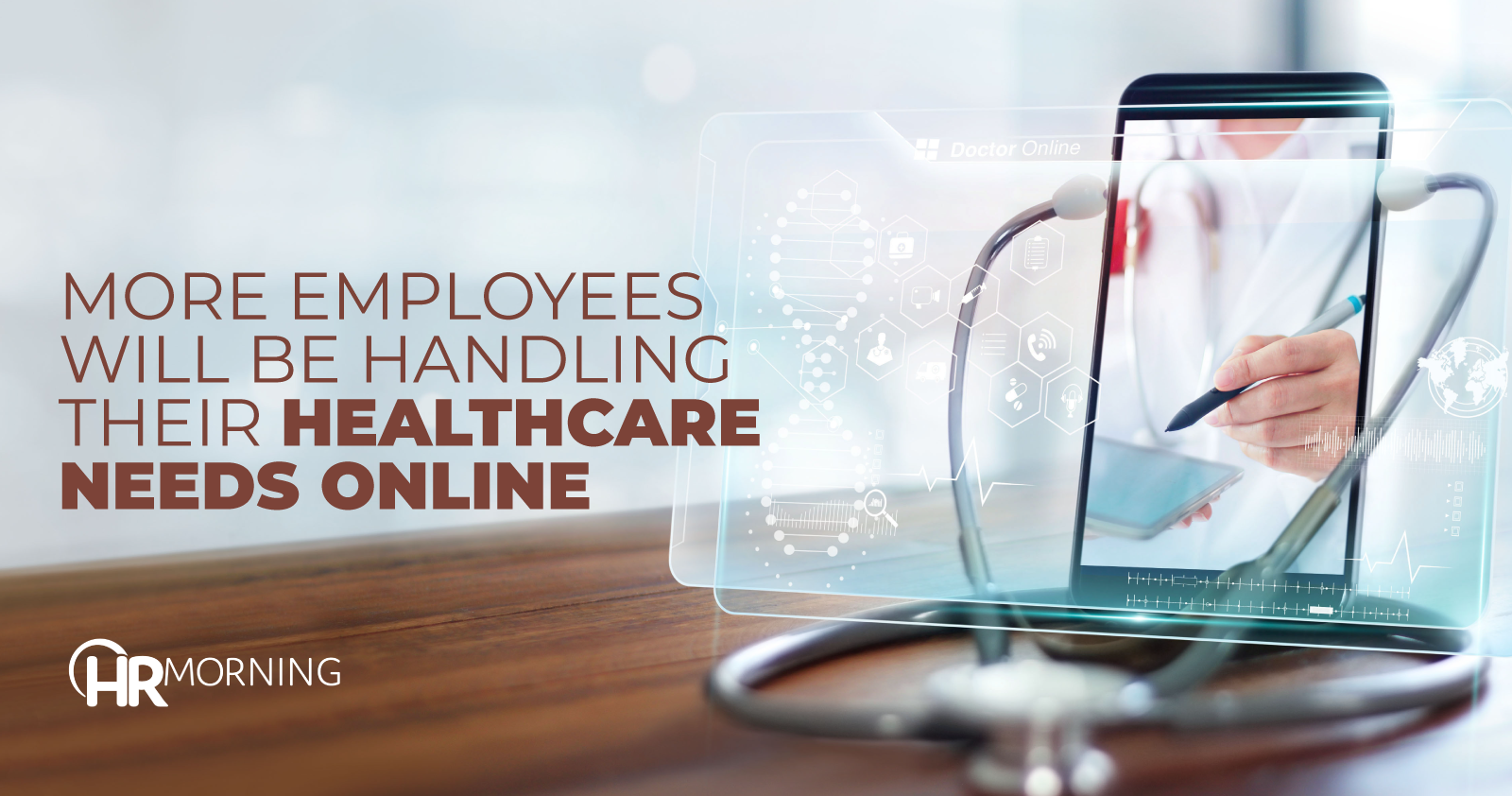We are all closer to returning to the office this year thanks to the COVID-19 vaccine, but the digital transformation we’ve seen over the past year won’t suddenly disappear.
A Gartner study found that 82% of company leaders will continue to allow employees to work remotely after the pandemic, and many of the features of this digital revolution can be accessed from anywhere.
For example, HR managers have enjoyed increased efficiency and employee engagement by digitizing everything from communications to payroll to hiring.
Digital friendly benefits
If it’s not already, your benefits program should be next on your list of digital overhauls.
Alongside the growing popularity of telehealth, digital-friendly benefits programs have made navigating healthcare a lot easier for remote employees.
Instead of fielding questions to HR and rummaging through paperwork, employees can simply check their benefits app or portal to get the right coverage for their healthcare needs.
As HR leaders strategize how to manage hybrid workplaces in 2021, digital-first benefits programs should be a priority for greater employee engagement and well-being, no matter where your teams are.
Digital healthcare
The use of telehealth services has skyrocketed during the pandemic as people seek ways to receive clinical care without risking exposure to the virus.
This means employees are getting used to handling their healthcare needs online. For medical counseling programs like chronic care management and therapy, telehealth has been a smooth transition for many.
Since the US Health and Human Services department relaxed HIPAA regulations, medical professionals have been able to scale their online services more quickly.
As virtual care models become more common, patient portals, electronic health records (EHRs) and other digital tools are gaining momentum with providers and patients alike.
The use of non-clinical online health services soared during the pandemic, too: usage of mental health apps like Calm leapt 29% from January to April of 2020 in the first months of quarantine.
In short, the pandemic has pushed much of the average employee’s healthcare infrastructure online. And for many, that’s a welcome change to accessible, on-demand support.
Expanding digital
Now that employees are getting comfortable using online medical services, it’s only natural that benefits programs follow suit.
If an employee is already on their computer for a telehealth appointment, they can open a new tab to check their health insurer’s portal for the co-pay.
Or, if they’re on the hunt for a new in-network healthcare provider, they can search within their benefits app to find one that meets their criteria.
A digital-first benefits program is an excellent complement to online health services. It makes it a lot simpler for employees to find, receive, and pay for care when their benefits summaries are easy to access and refer back to at any time, right from their devices.
Engaging Apps
Digital benefits programs aren’t just more convenient. They can actually make company benefits more engaging than a set of documents employees review once a year.
Employees don’t really pay much attention to their benefits until they need them. One study found that 44% of customers had no interaction with their insurers at all during the last 18 months.
But digital benefits programs give both insurers and employers the opportunity to create more touchpoints with employees.
Apps and portals provide a brand experience for employees to interact with, and they’re there whenever employees need them, not just during business hours.
Plus, operating online isn’t just appealing to employees of all ages – it’s par for the course for Gen Z and Millennial digital natives.
For young talent joining the workforce for the first time with no access to in-person HR help, a digital benefits program can make the onboarding process go a lot more smoothly.
Connectivity to healthier lifestyles
HR leaders can take digital-first benefits a step further by finding programs that offer connected devices that enable employees to be rewarded for healthy behaviors.
For example, many health and life insurers now offer connected Apple Watches to promote daily walking habits that offset health risks and lower insurance rates.
Dental insurers, like us here at Beam, have even picked up on the trend by giving policyholders electric toothbrushes and rewarding good brushing behavior with lower premiums at policy renewal.
Connected devices create yet another insurer and employer touchpoint for employees, and they encourage behaviors that are beneficial to employees’ long-term health – and ultimately wallets.
They also show employees that you’re actively invested in their health and wellbeing.
Embracing a digital makeover
The pandemic has been a catalyst for digital transformation across HR and healthcare. It’s time for the intersection – benefits systems – to catch up.
HR leaders should consider how their benefits programs tie into their overall employee engagement and retention strategy. If their current approach falls short, digital-first benefits programs might be the answer.


